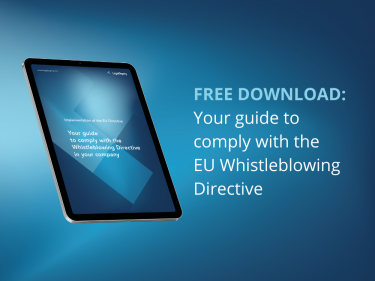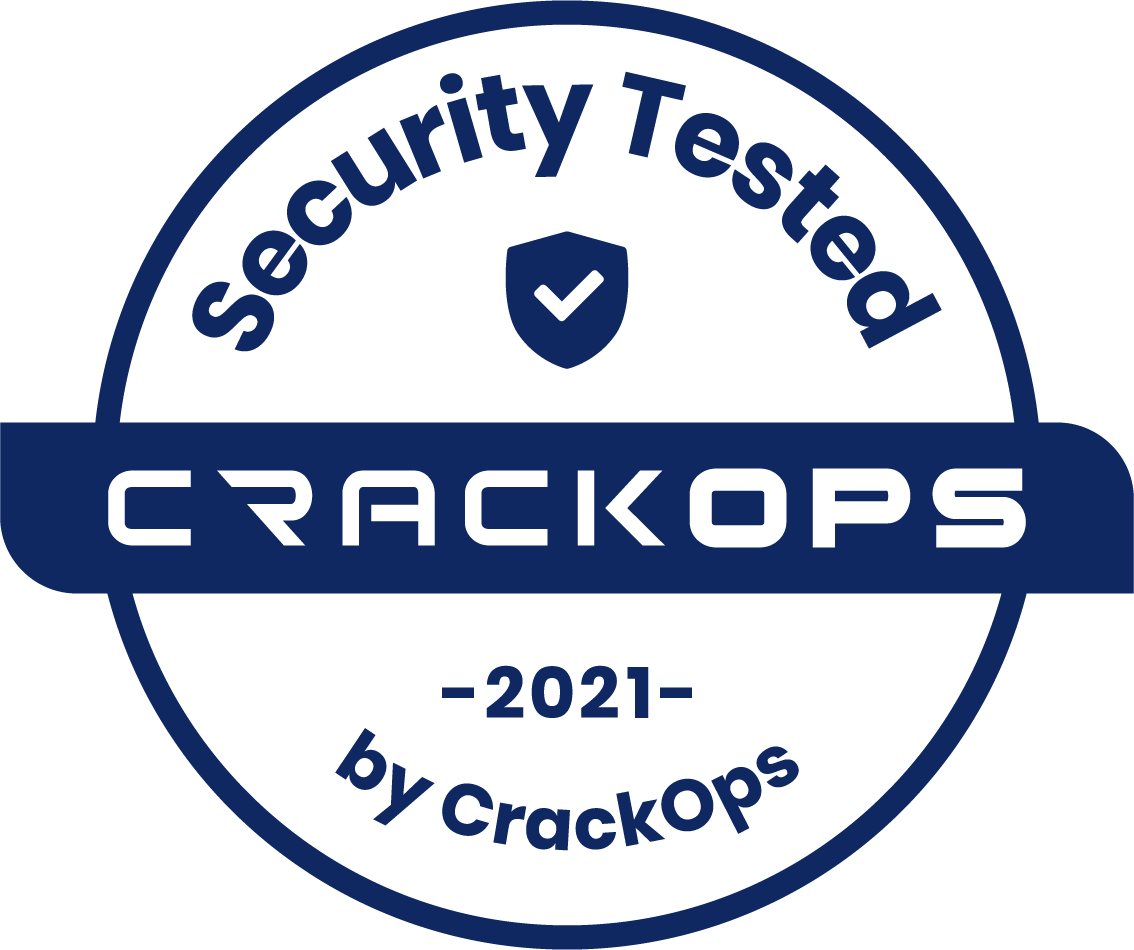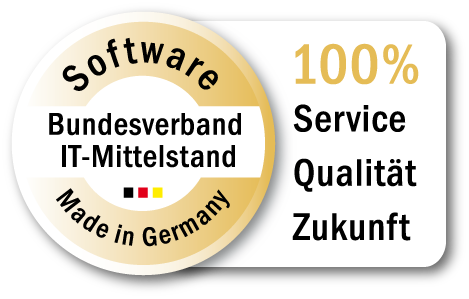Using a digital whistleblowing system in your company - the process
In part 3 of our Whistleblowing Basics series “The Digital Whistleblowing System”, we have already introduced the core functions as well as the advantages of a digital whistleblowing system to you. But how exactly does a digital whistleblowing system work? How does a report reach the system and what happens with the report afterwards? In this part of our Whistleblowing Basics series, we will explain the various steps in the process of a digital whistleblowing system.
First, let us briefly define the term “digital whistleblowing system”: A digital whistleblowing system is an online platform specifically designed for internal whistleblowing. Since the system is hosted in a cloud, whistleblowers can submit their reports at any time and from anywhere using an internet-enabled device. In addition, digital whistleblowing systems offer dashboards for the responsible employees, which enables them to manage cases efficiently. For example, it automatically informs them about newly received reports and the expiry of deadlines.
How does a report enter the digital whistleblowing system? What happens afterwards?
The basis of a digital whistleblowing system is the standardised process, which at the same time offers reliable protection for the whistleblower’s identity and also efficient processing of the reports by the responsible employees. This standardised procedure can be divided into 5 process steps:
1. Observation of an incident by the whistleblower
For example, an employee observes a possible misconduct by a colleague. Even if the person making the report is unsure whether it is in fact a violation of the law, he or she should be encouraged to make the report by prior communication within the company. Whistleblowers are protected by the Directive; unless they deliberately pass on false information. Legal experts can now review the incident and thus protect the company and its employees from mistakes.
2. Reporting via the digital whistleblowing system
Via the digital whistleblowing system, the whistleblower can submit his report anonymously and confidentially from any internet-enabled device. It is up to the whistleblower whether he wants to reveal his identity and leave his personal data. In addition, the whistleblower can decide whether to submit the report in writing or orally. Both ways are possible anonymously in a digital whistleblowing system, as the report received by telephone is only submitted as text into the system. In the case of a written report via the digital, browser-based system, whistleblowers can upload further information that could be relevant to the report like images or text files. To prevent conclusions about the identity of the whistleblower, who may remain anonymous, the system deletes all metadata of the files when they are uploaded.
3. Verifying the report & communicating with the whistleblower
After receiving a report, the digital whistleblowing system automatically informs the employee responsible in your company or the ombudsperson. Unlike traditional reporting channels such as hotlines or mailboxes, a digital whistleblowing system allows whistleblowers and the recipient to communicate with each other, even if the report is anonymous. If both parties are in the system at the same time, they can chat with each other in real time via the system’s chat function. This is particularly relevant for the processing of the report: the responsible employee can ask the whistleblower, who can still remain anonymous, important questions about the incident.
Furthermore, digital whistleblowing systems remind the responsible person of the prescribed deadlines according to the EU Whistleblowing Directive. It stipulates that the whistleblower should not only receive a receipt confirmation of his report within seven days, but should also be informed about the results and follow-up measures taken after three months (see process step number 5).
Every report is important! You should take every report you receive seriously and check it accordingly. If the person responsible in your company does not have sufficient legal expertise, you should consult an expert for legal classification. Many lawyers now offer report management as part of their compliance advice. If the report has proven to be well-founded, the initial classification of the incident is followed by the information to you as management and, if necessary, by an internal investigation.
4. Consequences of the report
Regardless of whether you work with an external service provider to process the information or have designated a responsible person internally, you as the management need suggestions for follow-up measures in the next step. After that, you make the final decision on the consequences of the investigation results.
5. Feedback and documentation
In the last step, a feedback to the whistleblower is required. The directive stipulates a deadline of three months after receipt of the report. The digital whistleblowing system supports you to keep track of the deadlines.
The documentation of the entire whistleblowing process is of utmost relevance to you! This ongoing task is also significantly facilitated by a digital whistleblowing system compared to traditional reporting channels. After the final conclusion, the documentation should include the report, the communication with the whistleblower and the investigation as well as the results. This report serves as a basis for decision-making on follow-up measures for you as the company’s management.
Conclusion on the process of a digital whistleblowing system
While analogue reporting channels require additional systems such as for the GDPR-compliant storage and deletion of data, for documentation and for communication with the whistleblower, digital whistleblowing systems offer an efficient “all-in-one” solution. They facilitate the practical implementation in compliance with all legal deadlines and regulations, as the system reports on deadlines or includes country-specific differences in legal requirements. You can manage the entire whistleblowing process in one system – from the whistleblower’s report to the necessary documentation for your company.
If you would like to know more about the advantages of the digital whistleblowing system, please read the third part of our whistleblowing basics series “The digital whistleblowing system”.
You can find more about whistleblowing either on our Know-How page or in “Your guide to comply with the Whistleblowing Directive in your company”. If you have any questions, simply contact one of our experts for a personal consultation.





















